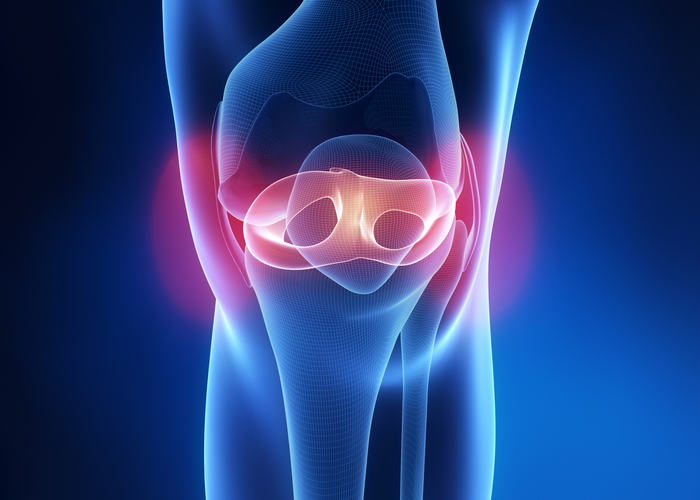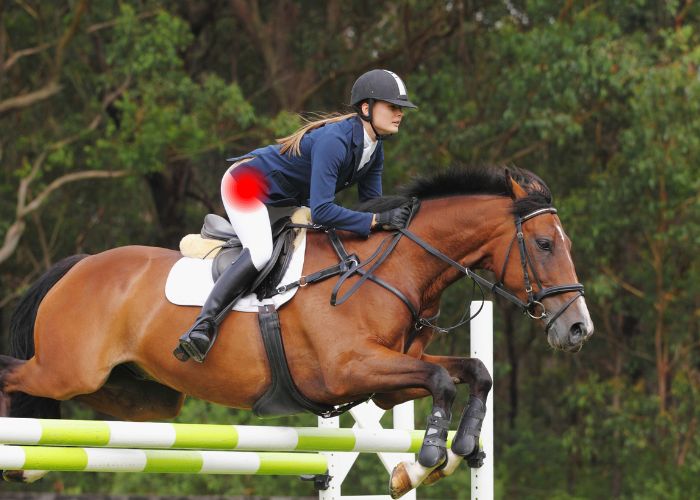What is a meniscus tear?
Within the knee joint are two crescent-shaped discs of cartilage known as the meniscus. This tough and rubbery connective tissue is different from the articular cartilage that covers the ends of the femur (thigh bone) and tibia (shin bone) because it acts as a shock absorber during joint movement. The medial meniscus absorbs up to 50% of the stress load exerted on the inside compartment of the knee, and the lateral meniscus absorbs up to 80% of the stress load exerted on the outside compartment of the knee. Evenly distributing the weight between the femur and tibia provides protection for the soft-tissue structures as well as stability to the knee joint. A meniscus tear often occurs from the forceful rotation of the knee while bearing full body weight onto the knee. Athletes are commonly affected by this meniscus injury, but non-athletic individuals can also sustain a meniscus tear with activities of daily living. Dr. Ronak Mukesh Patel, orthopedic knee specialist serving patients in Sugar Land, Pearland, and the Houston, Texas area, has the knowledge and understanding, as well as substantial experience in treating patients who have experienced a meniscus tear of the knee.

What are the symptoms of a meniscus tear?
A common complaint of a meniscus tear is knee pain that fluctuates between mild and severe episodes. Patients with a meniscus tear are still able to walk and bear weight onto the affected knee. Some other symptoms of a meniscus tear can include:
- Knee instability
- Decreased range of motion
- A “locking” or “catching” sensation of the affected knee
- Stiffness and swelling of the affected knee
- Occasionally, an audible “pop” can be heard at the time of injury
How is a meniscus tear diagnosed?
A complete medical history will be gathered by Dr. Patel and include the mechanism of injury. This is followed by a thorough physical examination evaluating knee range of motion and assessing for areas of pain, tenderness, and specialized meniscus tests (McMurray’s and Thessaly). Diagnostic imaging, such as x-rays and magnetic resonance imaging (MRI) may be warranted if a meniscus tear is suspected. These diagnostic tools can confirm a meniscus tear diagnosis, assess the extent of the injury, and identify any other damage to the soft-tissue structures surrounding the meniscus.
What is the treatment for a meniscus tear?
The meniscus cartilage can be separated into two components. The outer third portion of the meniscus, the “red zone”, contains a healthy blood supply that allows small meniscus tears to heal without surgery. A “white zone” that lacks a blood supply comprises the inner two-thirds of the meniscus. This lack of nutrients creates an unfavorable environment for meniscus tears to spontaneously resolve. When formulating an appropriate treatment plan, Dr. Patel will consider the patient’s age, activity level, extent and location of the injury, and the desired recovery outcomes.
Non-surgical treatment:
Non-surgical therapies can be considered for patients with a small meniscus tear along the outer third portion of the meniscus that does not result in any joint instability. The pain and inflammation associated with this condition can be alleviated with a combination of rest, ice, and non-steroidal anti-inflammatory medications (NSAIDs). If these symptoms still persist with oral medications, a corticosteroid injection can be administered directly into the knee. A physical rehabilitation program will also be recommended to restore stability and strength to the knee.
Surgical treatment:
In the event of failed conservative or non-surgical therapy, or a meniscus tear affecting the inner two-thirds of the meniscus, a minimally invasive surgical procedure may be necessary. This arthroscopic meniscus repair uses a small camera (arthroscope) and specialized surgical instruments to accomplish the necessary revisions. One or more of the following surgical techniques may be performed based on Dr. Patel’s intra-operative findings:
- Meniscectomy: This procedure removes the meniscus portions that are irreparably damaged. Patients with larger meniscus tears or who have exhausted all other treatment options are ideal candidates for this procedure.
- Meniscal Repair: This technique re-attaches the severed cartilage portions with special surgical anchors that are secured within the bone. This procedure is ideal for tears affecting the outer third portion of the meniscus that did not respond well to non-surgical therapies.
- Biologic Augmentation: The patient’s own bone marrow, known as Bone Marrow Aspirate Concentrate (BMAC), or a solution of platelet-rich plasma (PRP) can be introduced to generate new tissue at the injury site. These alternative therapies are often performed in conjunction with a meniscal repair.
Meniscus Tear Specialist

If you are experiencing pain and stiffness in your knee, you may have torn your meniscus. Meniscus tears can occur in athletes, or as a normal part of the aging process. Meniscus tears are common, can tear in different ways, and there are different treatment options available. Meniscus tear specialist, Doctor Ronak Mukesh Patel, provides diagnosis as well as surgical and nonsurgical treatment options for patients in Houston, Sugar Land, and Pearland, TX who have suffered torn their meniscus. Contact Dr. Patel’s team today!








